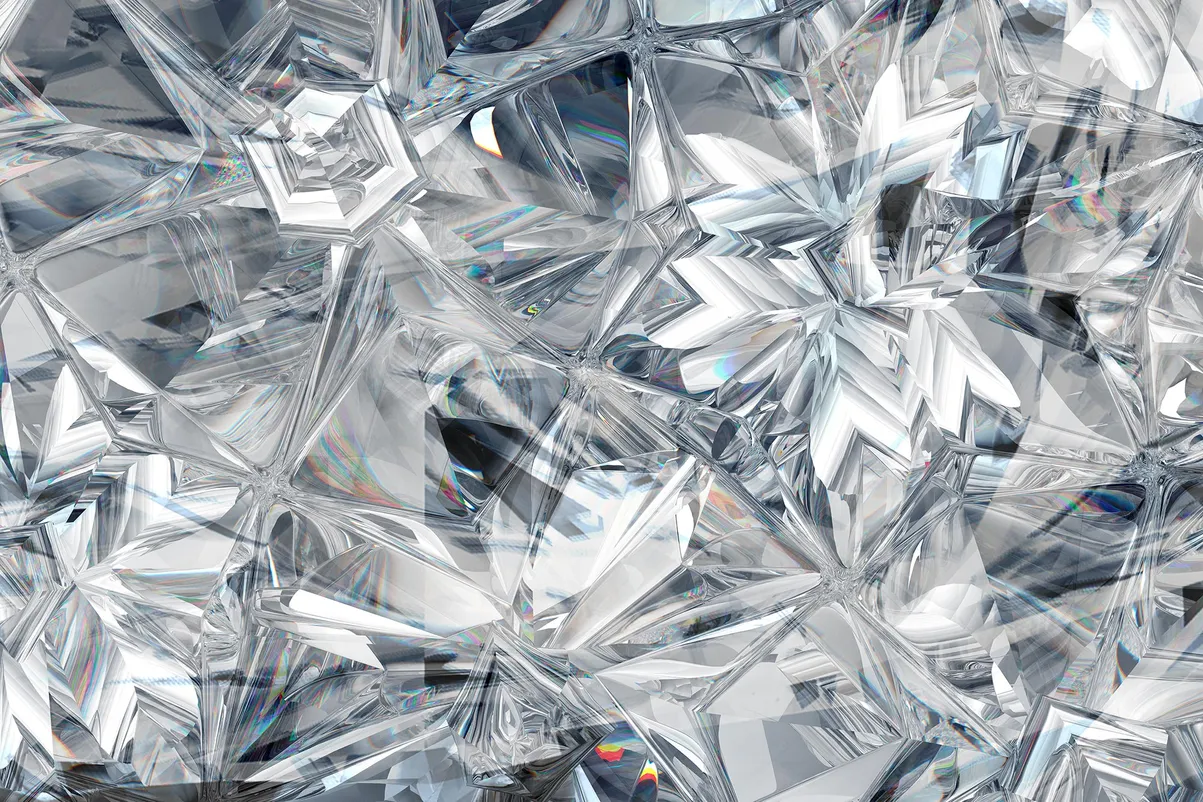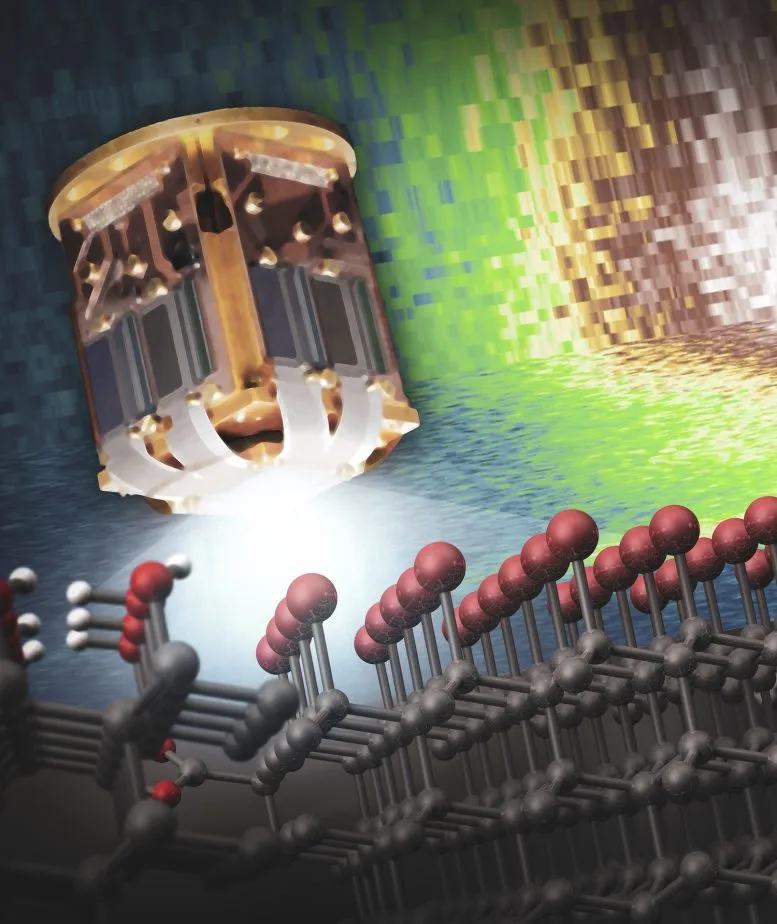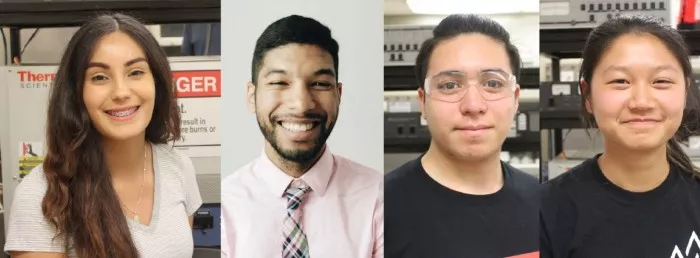A physical chemist and his group of different students are studying the application of nano diamonds. For Abraham Walcott, diamonds represent far more than glittering gemstones and status symbols. The physical chemist at San Jose State University is engaged in the research of nano diamonds, which are micro diamonds decomposed from larger synthetic diamonds. Nanodiamonds are so small that a row of 8000 nanodiamonds can span the width of human hair.
What can a scientist like Walcott do with such a tiny gem? In fact, there are many.

Diamond's carbon matrix makes it safe to use in living cells and tissues, which are mostly carbon. Walcott said diamonds are also chemically inert, good at transporting heat, and optically transparent - which means light can easily pass through them. In short, their chemical properties make them valuable in various applications, from real-time detection of protein synthesis to quantum computing. Of course, the application research and development on these properties are in the early stage.
Although the diamond you may learn in high school chemistry class is pure carbon, Walcott is more interested in the role of other elements inside and outside his nano diamond.
When nitrogen atoms are trapped in the diamond's carbon lattice, the impurity creates an open point called the nitrogen vacancy center where the carbon atoms should appear, he said. When the center is illuminated by green light, it will emit red light, and then researchers can rely on this light to track the movement of nano diamonds in the whole organism.
However, whether they flow in blood or in optical cables, in order for diamonds to do what you want to do, you first need to be able to control their surface, which is where most of the energy of the laboratory is.

SSRL's transition edge sensor (TES) helps researchers study amines and other molecules arranged under the diamond lattice. When tes was put into use, Wolcott's team was one of the first to try out the sensor.
Walcott's team in San Jose is trying to attach different chemical groups to the surface of nano diamonds. Earlier this year, they published a paper on developing a stable chemical reaction in the physical chemistry express. By first coaxing bromine atoms to the surface of nano diamond by chemical methods, they attached nitrogen-containing chemical groups called amines to the surface of nano diamond. The researchers say these findings are very useful for the study of biological systems or quantum sensors, and they have also applied for patents for their potential applications in nanotechnology.
This development is the product of a lot of work. Some chemical procedures of the group may take five days to complete, which poses a potential logistical challenge, because undergraduates are generally busy in class and do not need to be in the laboratory full-time. However, she said clear communication is the key to the team. The students coordinate their schedules and complete the reaction like a multi-day assembly line until the reaction is completed.

After trying to chemically attach different molecules to the surface of nano diamond, researchers need a way to test whether their reaction is successful. To this end, they took the chemically treated nano diamond to the Stanford synchrotron radiation light source (SSRL) at the SLAC National Accelerator Laboratory of the Ministry of energy.
Synchrotron radiation light source is like a "large factory producing high-intensity x-ray beams", said staff member Li Xiangjun. When electrons rush through the storage ring of the synchrotron, the super strong magnet causes the particle beam to swing, producing powerful X-rays, which are transported to the experimental station of each beam line. In beam line 10-1, an instrument called transition edge sensor (TES) measures X-rays from experimental samples with fine resolution. They can reveal the electronic structure of matter - the pattern of its electronic energy arrangement. In the case of nano diamond, TEs can detect which chemical groups exist on the diamond surface.

